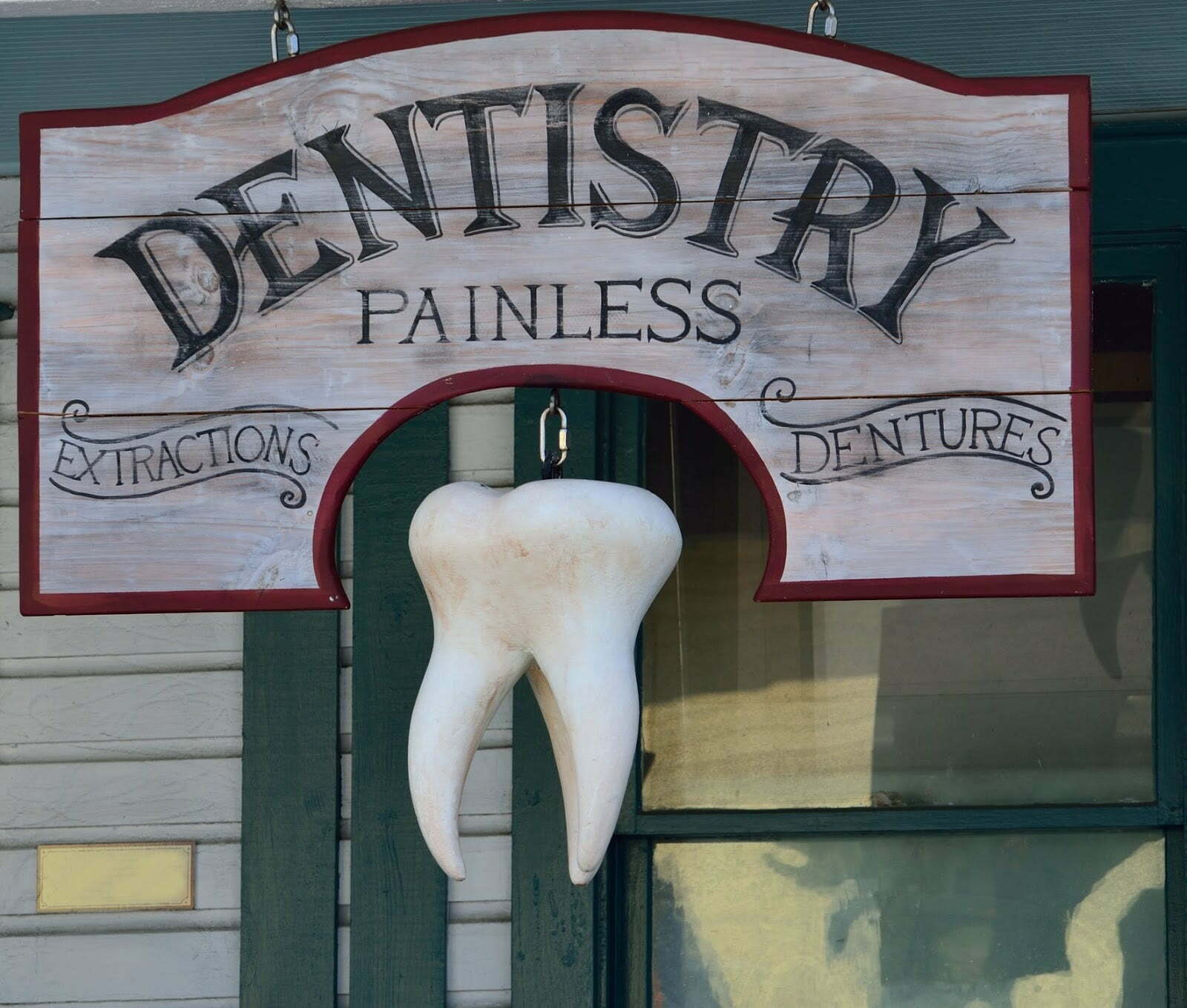Losing your job is always stressful, and if you’ve also lost your health insurance, the situation is much worse. If you find yourself job hunting, you shouldn’t also be worrying about how to get your medical needs covered.
Get coverage quickly
If you’re not working, medical bills can be even more financially devastating than usual. When you’re under new stress, looking for a job and worrying about finances, the last thing you want to do is skip regular checkups or stop taking medications because you can’t afford them.
You also want to feel confident that you’re covered every moment, even as you work out other options and look for another job. Take one worry off your plate by getting temporary health insurance between jobs, especially if you anticipate the transition period isn’t going to be too long.
Short-term health plans can cover you for one to three months at a time and can be renewed in increments for up to a year. They’re not hard to qualify for, either.
Decide how important employer-provided insurance is to you
Now is the time to consider how important it is to you that your employer covers your health insurance in your next job. You have the option to start insuring yourself through on-exchange health insurance policies. However, this can be quite expensive.
It really comes down to weighing health insurance against other factors for any job you considering. Some employers may offer health insurance benefits but lower pay. Some may offer other perks instead of health insurance. Sit down with your family and consider what’s best for you as you make the decision.
See if you qualify for a subsidy
For most on-exchange health insurance plans, you have to enroll during the enrollment period. The good news is that losing your job counts as a qualifying event so that you can enter a special enrollment period without paying a penalty.
The really good news is that, depending on your income, you may be able to get a subsidy to help pay your premiums. In order to qualify for the subsidy, you cannot be eligible for Medicare or Medicaid, you have to buy your health insurance on the exchange, and you cannot make more than 400% of the government-established “poverty level.”
The exact poverty level varies by state and will also depend on how many people are in your family and how many people are being enrolled in coverage.
Choose your next employer’s coverage plan carefully
If you’re looking at jobs that offer insurance coverage, and especially if it’s been a few years since you were in this situation, make sure your employer’s health plan is actually qualified under the Affordable Care Act. If it’s not, you may be able to drop it and apply for subsidies.
The government has established three requirements that determine whether or not a health plan is qualified.
It must pay 60% or more of your medical bills
The insurance your employer is offering has to pay 60% or more of everything, including drug costs, as long as you visit in-network providers, whether they’re orthopedic surgeons in New Jersey or urgent care centers in Florida.
It must be affordable
The government’s definition of affordable means that your monthly premium cannot be more than 9.5% of your income. If you are making $35,000 a year, for example, then your monthly premiums cannot be more than $277.
There must be dental care
This is the most difficult of the three requirements to define because the government simply says your employer’s insurance must offer “decent dental care.” There’s no definition of what that means, so you may consider talking to a healthcare expert if you’re unsure and would like to consider subsidies.









